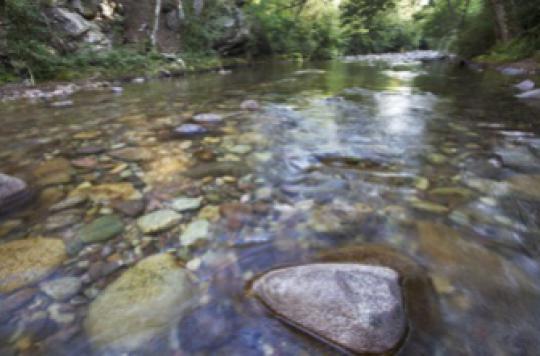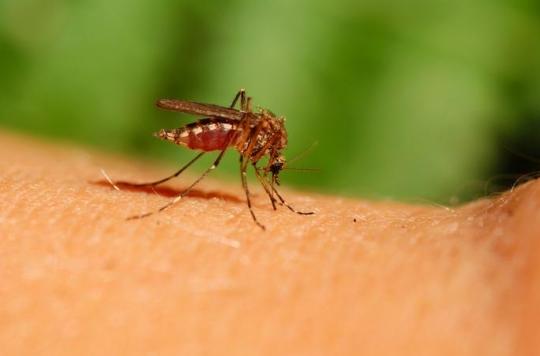While several people have been infected in Southern Corsica, the authorities are asking doctors to reserve treatment for biologically confirmed cases.

At the end of April, several cases of urogenital schistosomiasis, a parasitic disease caused by a flatworm called schisotoma, were diagnosed in southern Corsica. These contaminations would have taken place between 2011 and 2013, in several summer families who bathed in the Cavu river.
A few days ago, the High Council of Public Health therefore asked all people exposed, even briefly with this water between 2011 and 2013 and over a period from June to September, to consult a doctor for screening.
It is in this context that the National Medicines Safety Agency (ANSM) has just condemned health professionals to be extremely vigilant with regard to the prescription of treatment against this pathology. Indeed, the benchmark antiparasitic, praziquantel (Biltricide) is currently the subject of “supply tensions” on French territory.
Reserve the drug for biologically confirmed cases
The ANSM reminds that the reference curative antiparasitic treatment for bilharzia is praziquantel (Biltricide 600 mg). The Agency recalls that the recommended dose in urogenital schistosomiasis is 40 mg / kg once. In addition, it also specifies that the marketing authorization for this treatment should be amended soon. Indeed, the contraindication of this drug during the 1er trimester of pregnancy should be lifted and a clarification will be added concerning the inaction of the molecule on the larvae during the patient’s invasion phase.
Finally, “because of the supply tensions in this context of discovery of grouped cases of bilharzia”, the ANSM asks doctors “to reserve the prescription of praziquantel for the indications of the Marketing Authorization (bilharziasis and distomatosis) for patients presenting biologically confirmed parasitic pathologies ”.
The health authorities add that this drug is ineffective in prevention and that it should not be prescribed to treat the tapeworm, tapeworm, which is an off-label indication. For this disease, other treatments are obviously available to patients.
What are the symptoms of bilharzia?
These are first allergic manifestations, such as fever, cough or hives, then urinary signs. Indeed urinary difficulties, blood in the urine, repeated cystitis or suprapubic pain can be clinical signs suggestive of bilharzia. But the infection can go unnoticed and more or less serious complications can occur without treatment (bladder fibrosis, narrowing of the urinary tract, stones, kidney failure and sometimes bladder cancer).
The only reliable diagnosis is based on a serological test by a simple blood test. Even though there is no direct human-to-human transmission of bilharzia, an infected person can contaminate a waterway by urinating, thereby shedding the parasite’s eggs. Once in the water, they evolve into an intermediate host, a mollusk, for 4 weeks and release larvae. These penetrate the human body through the skin during contact, however brief. The larvae become adults and migrate to the bladder. They then lay eggs, and the cycle can start again …
.















